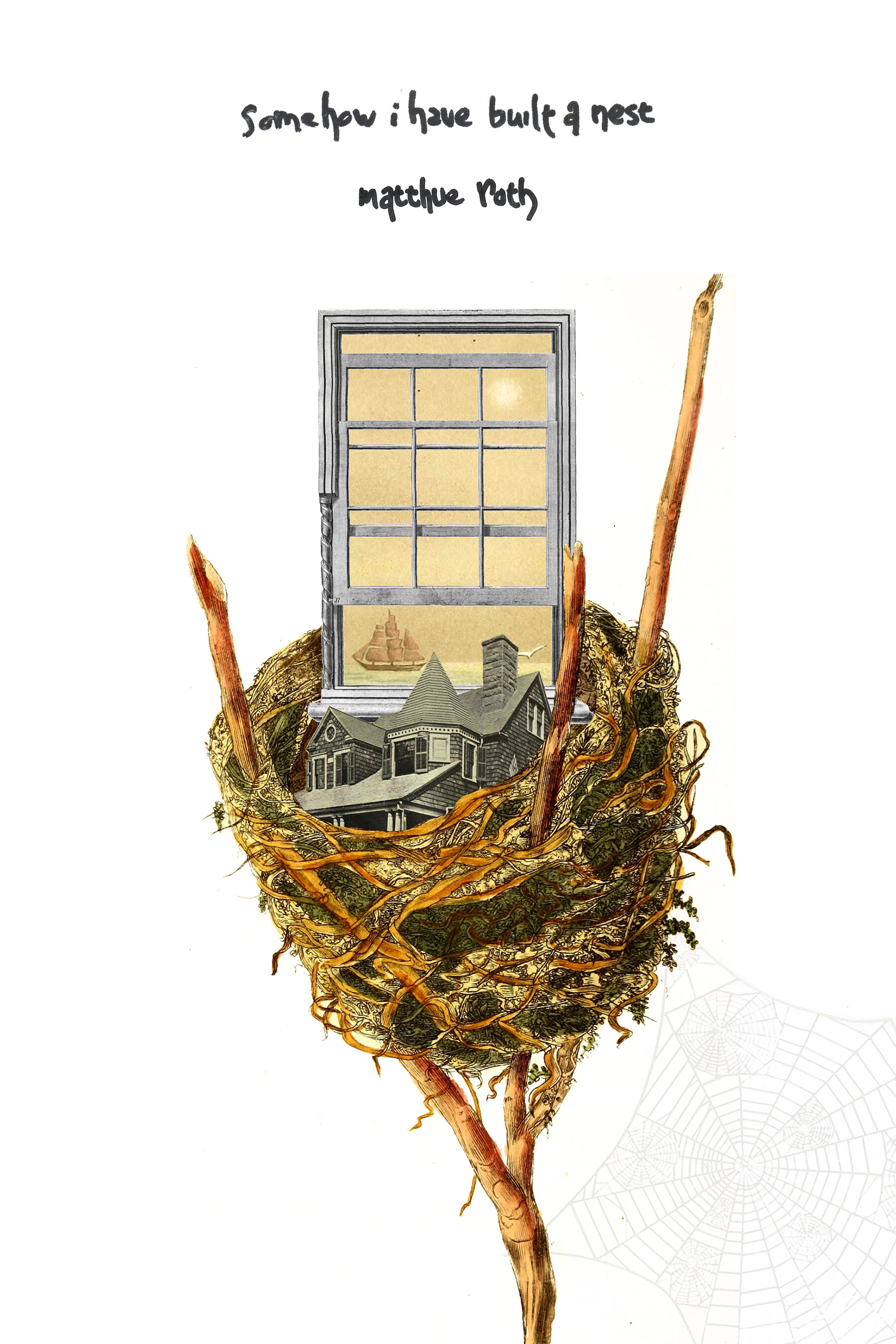One of the most encyclopedic Web collections I've seen recently was created, ironically, to put to rest a supposition that I've never heard of. Plant Names in Yiddish is the Web adaptation of Di Geviksan-Velt In Idish, a 2005 publication by Yiddish linguist Dr. Mordkhe Schaechter -- who, according to the site, "confronts the stereotype that 'there aren't any plant names in Yiddish'."
 I can see where the stereotype would come from -- since, you know, Yiddish was developed primarily in climates where the ground was encrusted with snow for 90% of the time. However, I can honestly say that, in all the conversations I've had about Yiddish {and I've had a bunch, at least, compared to the average American} the issue of plant names has never come up.
I can see where the stereotype would come from -- since, you know, Yiddish was developed primarily in climates where the ground was encrusted with snow for 90% of the time. However, I can honestly say that, in all the conversations I've had about Yiddish {and I've had a bunch, at least, compared to the average American} the issue of plant names has never come up.
Which isn't to say that it isn't interesting. As Apodion.net notes, "The somewhat-uninspiring English title belies the amazing nature of the work." He proceeds to kvell:
As a reference work it’s indispensable. But as a simple joy—as an impossibly rich and dense body to dive into at immediately satisying random—it is even dearer. At a random page turn I can tell you that the Yiddish name for Artillery Clearweed, Pilea microphylla, is הארמאטניק.. Harmatnik, that is, ‘cannoneer’—I have never heard of Artillery Clearweed but apparently its offensive associations are not unique to English. Sweetflag, the genus Acorus, goes by the name שאװער, or shaver....[F]ar from being some wasteland of natural terminology, where the urban, mercantile Yid is happy to lump all ferns with ferns, trees with trees, birds with birds, and so on, stemming from a general lack of engagement with nature, Yiddish natural terminology is a happy and well-churned melange of influences, Polish, Hebrew, German, Russian, French, Ukrainian and original coinages, where the language’s syncretic, cosmopolitan nature joyously shines through.

My own Yiddish, and my own understanding of the book, is not nearly as poetic. I struggled through a few lines in the first chapter before turning ahead to the shorter and more digestible later chapters. But I'm bowled over by the potential for this knowledge to exist. That, say, one day, when I finally settle down and learn Yiddish -- or, if we stay in Brooklyn, when my kid speaks fluent Yiddish -- that, if she ever wants to describe the most perfect seeded dandelion in the world, or a beautiful ghost orchid, she'll have a way to do just that.
















